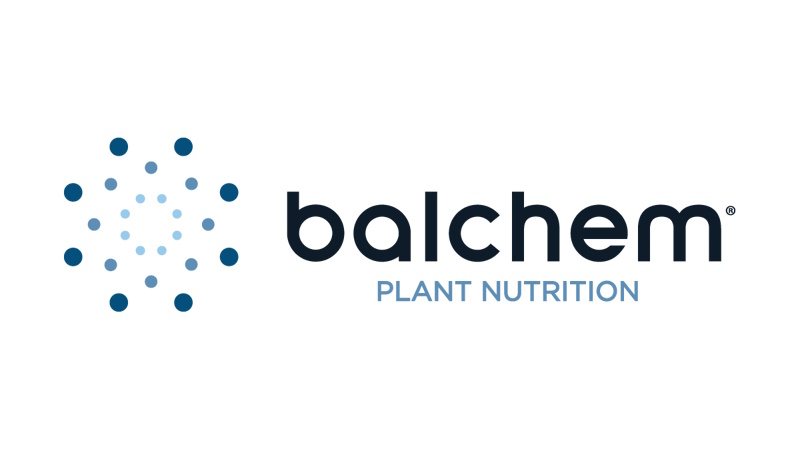Will Artificial Intelligence Solve Labor Issues In Agriculture? Maybe

The way artificial intelligence has exploded into popular culture is, for some, equal parts exciting and terrifying. For agriculture, the fact that this new technology promises to solve a variety of problems, including labor, has many industry experts leaning to the side of excitement.
In just about every survey that asks about the ag supply chain’s biggest challenges, finding enough labor is a constant and universal issue. While it might not completely solve that problem, AI has the ability to help.
“Artificial intelligence is already making significant strides in mitigating labor shortages across various sectors of the agricultural supply chain,” says S. Daniel, Founder at Vellore, Tamil Nadu, India-based Grow Iota — an AI-based company with the motto of “AI is for Everyone.”
“In manufacturing, AI-driven automation is streamlining production processes, reducing the reliance on manual labor. In distribution, AI-powered logistics and inventory management systems help optimize routes, minimize downtime, and improve efficiency. At the crop input end, AI is enhancing precision agriculture by optimizing resource allocation and reducing the need for extensive manual intervention,” he says.
Agriculture has certainly embraced technology in many forms. But AI’s ability to learn as it grows is still a new concept for everyone (in every industry), and that means companies are still working out how it can be used.
“We have this great vision of the future, and we think it’ll happen tomorrow,” says Paul Streater, Chief Operating Officer, AgBioScout, a London-based intelligence and advisory company. “But the truth is, it’s going to take probably several decades to happen.”
Companies are still figuring out how AI fits into their operations. What separates AI from a simple software solution is its ability to continually learn from previous outcomes.
“We’re seeing AI start to penetrate in propositions coming in the market where they’re pulling a lot of data points,” Streater says. “And the great thing about AI is you can handle it (better) than a human brain does. It can handle a lot of data very quickly.
“[And it can] interpret that. And it can learn from an interpretation. That’s different,” Streater continues. “A true AI probably will learn from the data.”
In other words, the system examines the multiple variables and the results produced and compares them to the desired outcome. The more data the system internalizes, the closer it will get to those desired results.
Streater shared the results of one manufacturer’s test of AI pitting human agronomists against an AI.
“The outcome was [the company’s] agronomists got the answer right 75% of the time whereas the AI was in around 90%, Streater says. “So, you’d never have thought that — for a traditional business, like farming, there’s no way a computer’s going to outperform our highly trained agronomists. That just goes to show that technology is evolving. And it can start to really make a difference in the detection of issues with crops, but also understanding a lot more data points as well and learning.”
Streater doesn’t expect the role of human agronomist to go away. AI will take in the metrics and offer recommendations.
“I think it will always have one human there to oversee and see if that makes sense. I trust there’ll always be some human element. But the majority of that crunching work will be done by AI.”
For more, read the full article as part of our special Global Insight Series report on Labor and Technology.
In addition, check out the previous reports in Meister’s Global Insight Series covering a range of topics from Soil Health to Irrigation Innovations to Agricultural Technology.










